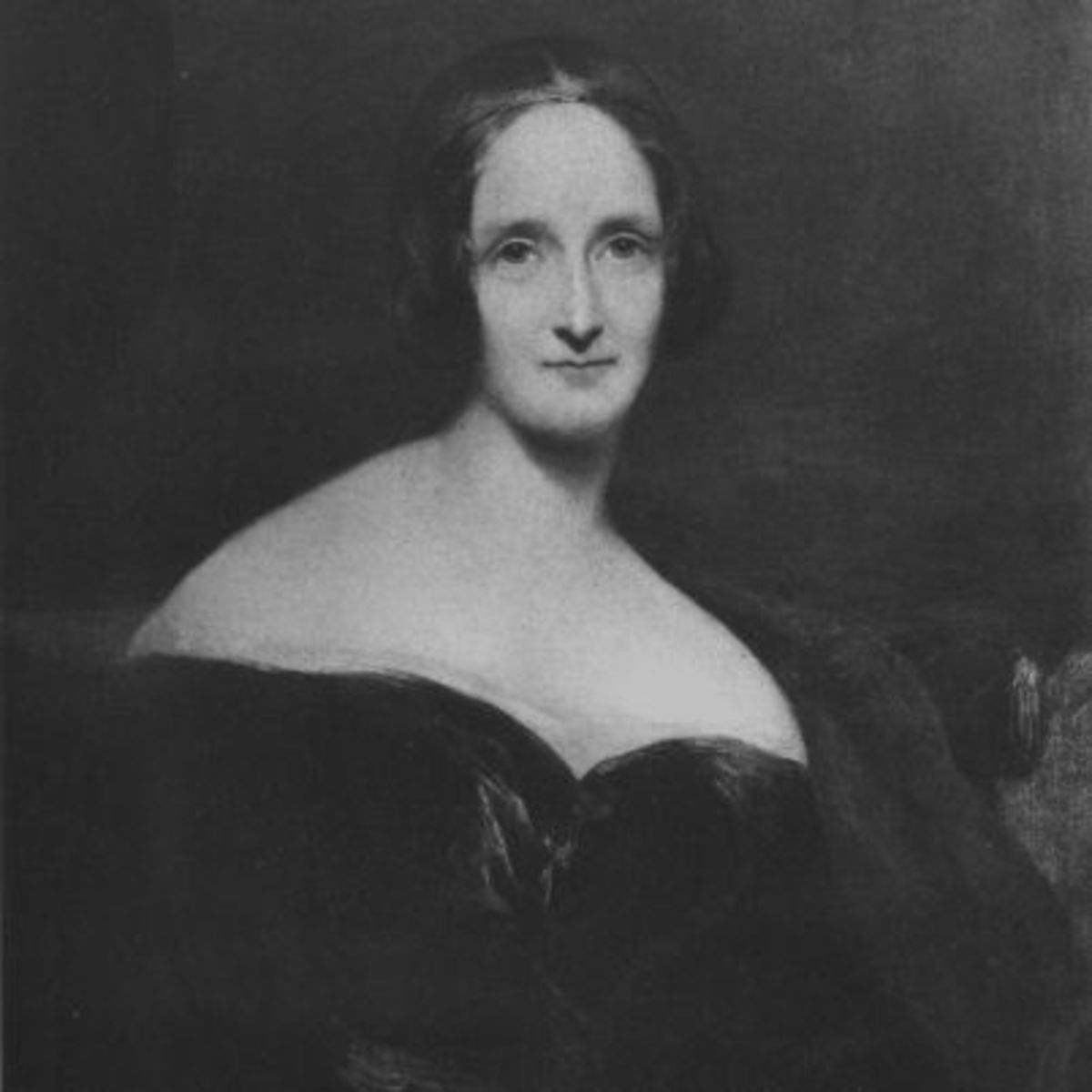
Mary Shelley
Biography
Mary Shelley was born on August 30, 1797, in London, England. She married poet Percy Bysshe Shelley in 1816. Two years later, she published her most famous novel, Frankenstein. She wrote several other books, including Valperga (1823), The Last Man (1826), the autobiographical Lodore (1835) and the posthumously published Mathilde. Shelley died of brain cancer on February 1, 1851, in London, England.
Early Life
Writer Mary Shelley was born Mary Wollstonecraft Godwin on August 30, 1797, in London, England. She was the daughter of philosopher and political writer William Godwin and famed feminist Mary Wollstonecraft—the author of The Vindication of the Rights of Woman (1792). Sadly for Shelley, she never really knew her mother who died shortly after her birth. Her father William Godwin was left to care for Shelley and her older half-sister Fanny Imlay. Imlay was Wollstonecraft's daughter from an affair she had with a soldier.
The family dynamics soon changed with Godwin's marriage to Mary Jane Clairmont in 1801. Clairmont brought her own two children into the union, and she and Godwin later had a son together. Shelley never got along with her stepmother. Her stepmother decided that her stepsister Jane (later Claire) should be sent away to school, but she saw no need to educate Shelley.
Shelley also found a creative outlet in writing. According to The Life and Letters of Mary Wollstonecraft, she once explained that "As a child, I scribbled; and my favourite pastime, during the hours given me for recreation, was to 'write stories.'" She published her first poem, "Mounseer Nongtongpaw," in 1807, through her father's company.
During the summer of 1812, Shelley went to Scotland to stay with an acquaintance of her father William Baxter and his family. There she experienced a type of domestic tranquility she had never known. Shelley returned to the Baxters' home the following year.
Later Years
In 1814, Mary began a relationship with poet Percy Bysshe Shelley. Percy Shelley was a devoted student of her father, but he soon focused his attentions on Mary. He was still married to his first wife when he and the teenaged Mary fled England together that same year. The couple was accompanied by Mary's stepsister Jane. Mary's actions alienated her from her father who did not speak to her for some time.
Later that year, Mary suffered the loss of her half-sister Fanny who committed suicide. Another suicide, this time by Percy's wife, occurred a short time later. Mary and Percy Shelley were finally able to wed in December 1816. She published a travelogue of their escape to Europe, History of a Six Weeks' Tour (1817), while continuing to work on her soon-to-famous monster tale. In 1818, Frankenstein, or the Modern Prometheus debuted as a new novel from an anonymous author. Many thought that Percy Bysshe Shelley had written it since he penned its introduction. The book proved to be a huge success. That same year, the Shelleys moved to Italy.
Made a widow at age 24, Mary Shelley worked hard to support herself and her son. She wrote several more novels, including Valperga and the science fiction tale The Last Man (1826). She also devoted herself to promoting her husband's poetry and preserving his place in literary history. For several years, Shelley faced some opposition from her late husband's father who had always disapproved his son's bohemian lifestyle.
Mary Shelley died of brain cancer on February 1, 1851, at age 53, in London, England. She was buried at St. Peter's Church in Bournemouth, laid to rest with the cremated remains of her late husband's heart. After her death, her son Percy and daughter-in-law Jane had Mary Shelley’s parents exhumed from St. Pancras Cemetery in London (which had fallen into neglect over time) and had them reinterred beside Mary at the family’s tomb in St. Peter’s in Bournemouth.
